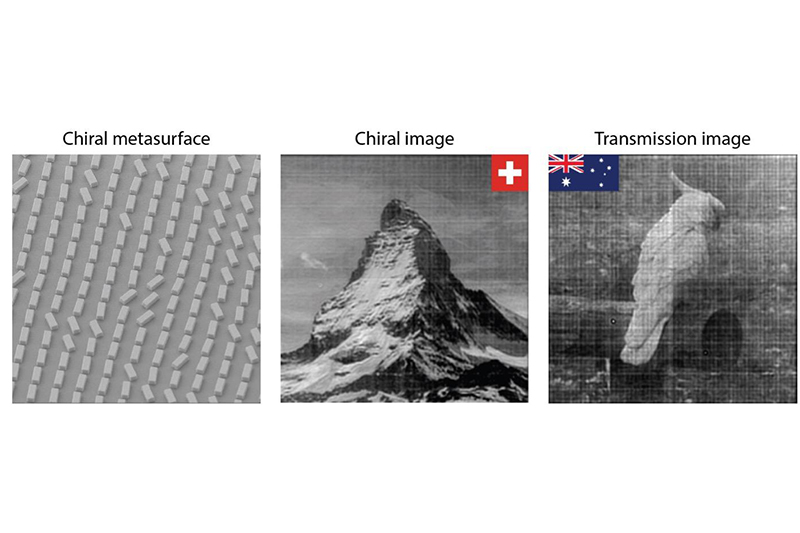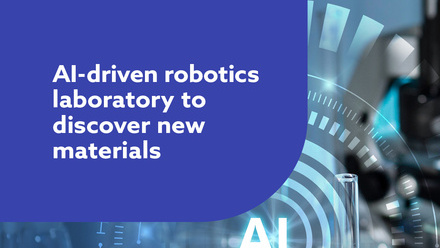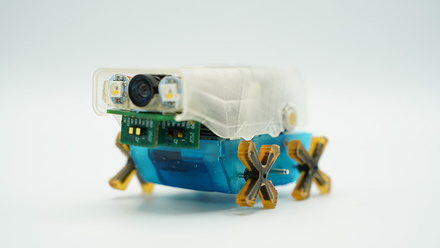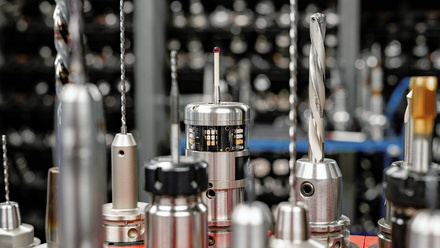Security gets a hand from light
Light chirality can be used to discover the chiral form of a sample and encode information.

As chiral structures interact differently with twisted light beams, by shining a circularly polarised light on a sample – and comparing how much of each twist is absorbed, reflected, or delayed, chirality is revealed. However, this effect is extremely weak, which makes precise control an essential but challenging task.
A team from the Bionanophotonic Systems Laboratory in EPFL’s School of Engineering collaborated with researchers in Australia to create artificial optical structures called metasurfaces: 2D lattices composed of meta-atoms that can easily tune their chiral properties. By varying the orientation of meta-atoms within a lattice, scientists can control the resulting metasurface’s interaction with polarised light.
The work, which has potential applications in data encryption, biosensing, and quantum technologies, has been published in Nature Communications.
In a proof-of-concept experiment, the scientists encoded two different images simultaneously on a metasurface optimised for the invisible mid-infrared range of the electromagnetic spectrum. For the first image of an Australian cockatoo, the image data were encoded in the size of the meta-atoms – which represented pixels – and decoded with unpolarized light. The second image was encoded using the orientation of the meta-atoms so that, when exposed to circularly polarized light, the metasurface revealed a picture of the Swiss Matterhorn.
‘This experiment showcased our technique’s ability to produce a dual layer ‘watermark’ invisible to the human eye, paving the way for advanced anticounterfeiting, camouflage and security applications,’ says Bionanophotonics Systems Lab researcher Ivan Sinev.
The work, which has potential applications in data encryption, biosensing, and quantum technologies, has been published in Nature Communications.







